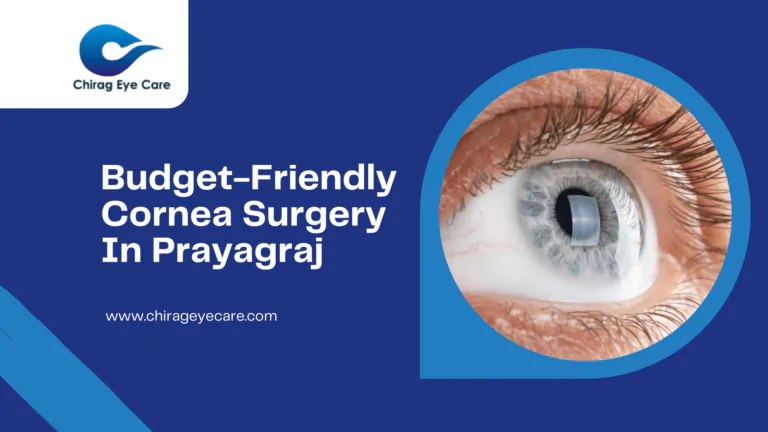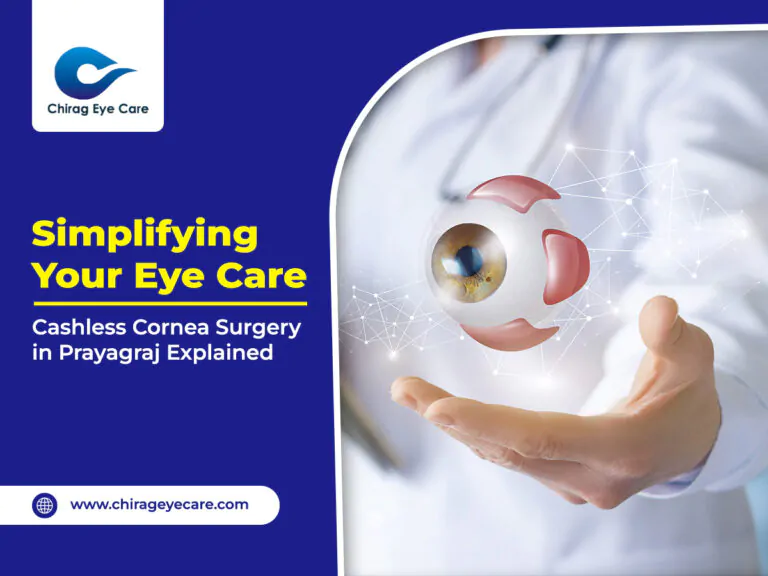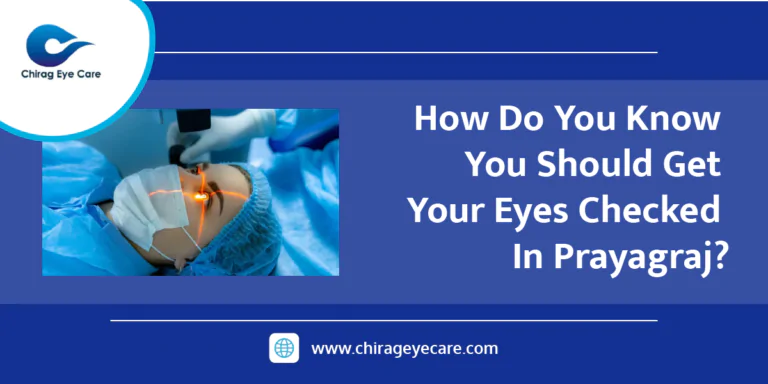Pediatric Eye Care: Early Detection and Treatment of Childhood Vision Issues
Introduction
Children’s vision plays a vital role in their overall development, education, and quality of life.
Detecting and addressing vision issues early is crucial for ensuring optimal visual health and
preventing potential complications that may impact a child’s learning abilities. In this blog, we will explore the importance of pediatric eye care, discuss common childhood vision issues, and highlight the significance of early detection and treatment in preserving and enhancing children’s vision.
- The Importance of Pediatric Eye Care
Regular eye examinations for children are essential for early detection and treatment of vision issues. Here’s why pediatric eye care matters:
- Visual Development: The early years of a child’s life are critical for visual development. Regular eye exams help monitor and promote healthy vision development, identifying potential issues that may hinder visual abilities.
- Learning and Academic Performance: Clear and comfortable vision is crucial for children to excel academically. Undetected vision problems can affect reading, writing, and overall comprehension, leading to challenges in learning and performance at school.
- Overall Development: Vision is closely tied to various aspects of a child’s development, including hand-eye coordination, depth perception, and spatial awareness. Addressing vision issues promptly supports the overall growth and well-being of children.
- Common Childhood Vision Issues
Several vision issues can affect children. Understanding these conditions is essential for early identification and intervention. Here are some common childhood vision issues:
- Refractive Errors: Conditions like nearsightedness (myopia), farsightedness (hyperopia), and astigmatism occur when the shape of the eye prevents light from focusing correctly, resulting in blurred vision.
- Amblyopia (Lazy Eye): Amblyopia refers to reduced vision in one or both eyes, typically due to the brain favoring one eye over the other during visual development.
- Strabismus: Strabismus, or crossed eyes, occurs when the eyes are misaligned and do not work together. It can affect depth perception and cause visual discomfort.
- Eye Coordination Problems: Difficulties in eye teaming, focusing, or tracking can affect a child’s ability to follow objects, read efficiently, or participate in sports.
- Early Detection and Treatment
Early detection and intervention are key to managing childhood vision issues effectively. Consider the following steps:
- Routine Eye Exams: Schedule comprehensive eye exams for your child, starting from infancy and throughout their school years. These exams can identify vision problems, even if your child doesn’t show obvious signs of visual impairment.
- Vision Screening Programs: Schools often conduct vision screenings to detect potential issues. However, these screenings are not comprehensive exams. If any concerns arise, follow up with a comprehensive eye exam.
- Observing Signs and Behaviors: Watch for signs of potential vision problems, such as squinting, holding objects too close, frequent eye rubbing, or tilting the head while reading.
- Prompt Treatment: If a vision issue is detected, follow the recommended treatment plan prescribed by an eye care professional. This may include eyeglasses, contact lenses, vision therapy, or other interventions.
Conclusion
Pediatric eye care is crucial for early detection and treatment of vision issues in children. By
prioritizing regular eye examinations, observing signs of potential problems, and promptly seeking professional guidance, parents can play a vital role in preserving and enhancing their child’s visual health. Remember, early intervention and appropriate treatment contribute to improved learning abilities, overall development, and a lifetime of healthy vision for children.







